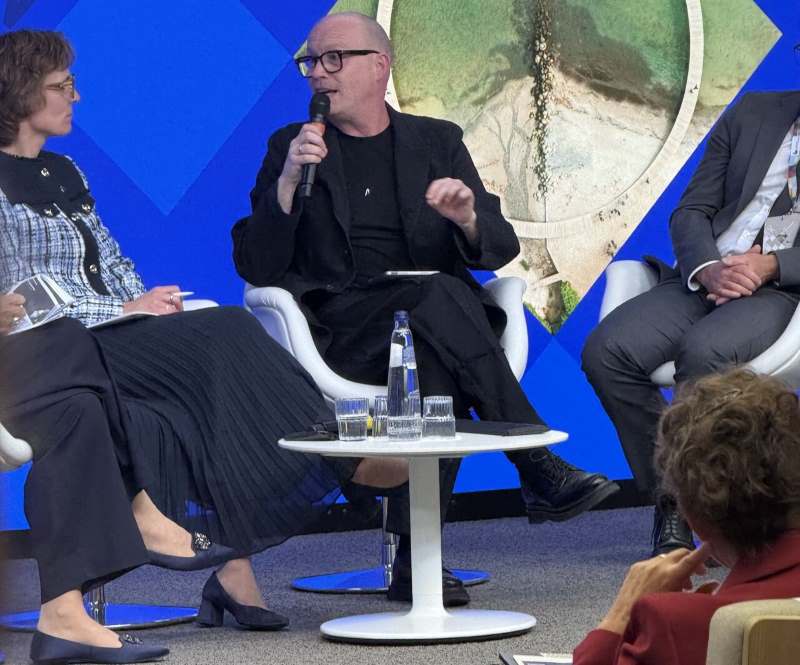Vietnam is one of the world’s top apparel exporters. But 70 per cent of its textile makers are working as sub-contractors on medium and small scales and are still weak in fiber manufacturing, weaving and dyeing. Almost all input materials come from China and Korea. The rate of locally-made products in the sector stands at a mere 55 per cent due to the weak weaving and dyeing capability.
Weaving and dyeing projects fail to receive licenses due to their high risk of environmental pollution. What’s needed is zoning off regions and areas exclusively designed for weaving and dyeing and equipped with infrastructure and waste treatment facilities.
Vietnam faces another challenge. Once the Trans-Pacific Partnership (TPP) comes into force, regulations on the origin of goods will follow. Vietnam must follow TPP’s yarn-forward rule of origin which requires that only textile and apparel products using the US and other TPP countries’ yarns and fabrics qualify for the benefit of the agreement.
The strength of Vietnam’s textile and garment industry is that only a small capital investment is called for. The payback period is quick because of a short capital turnover. The industry gets preferential policies. Greater product differentiation and specialisation can boost margins.
Vietnam to work on weaving, dyeing
- 1
- 2
- 3
- 4
- 5
- 6
- 7
- 8
- 9
- 10
New markets, new factories, India’s apparel industry looks to Africa
In the quiet industrial corridors of Ethiopia’s Hawassa Industrial Park, rows of sewing machines with local workers assemble garments destined... Read more
From Imports to Innovation: India’s bid to lead the carbon fibre economy
A new report highlights the global carbon fibre and yarn market growing and how. The report by Thryve Research projects... Read more
ITMF Annual Conference & Annual Convention: Addressing industry challenges a…
This year, the ITMF Annual Conference & Annual Convention will be held from October 24-25, 2025 at Yogyakarta. Co-hosted by the... Read more
China’s Carbon Ambition: From industrial giant to climate market leader
When Beijing announced plans to enter the international carbon markets this October, the message was unmistakable: China no longer intends... Read more
Fashion’s double bind, innovation meets the economics of convenience
“We need to make fashion for worms. Fashion that can decompose in the soil.” When Arizona Muse, model and environmental... Read more
From satin to smart textiles, the rise of FDY in a changing market
In the complex world of polyester filament yarns, where POY (Partially Oriented Yarn) is the foundation and DTY (Drawn Textured... Read more
Polyester’s reign vs. Lyocell’s strain, can green fibers survive?
The recent job cuts announced by Lenzing, a pioneer in sustainable cellulosic fibers, are a stark reflection of the complex... Read more
Indian Textile and Apparel Exports Hit Hard in September: As US tariffs take hol…
The Indian textile and apparel industry has shown the first clear signs of being impacted by the new US tariffs,... Read more
Fast, cheap, unstoppable, Shein shockwave hits Germany’s fashion retial
In a country known for its deep-rooted retail traditions, discerning shoppers, and a growing emphasis on sustainability, the rise of... Read more
Europe’s Circular Turn: The Danish vision shaping a new industrial era
In a speech that captured both urgency and ambition, Danish MEP Rasmus Nordqvist stood before an audience of European policymakers,... Read more












